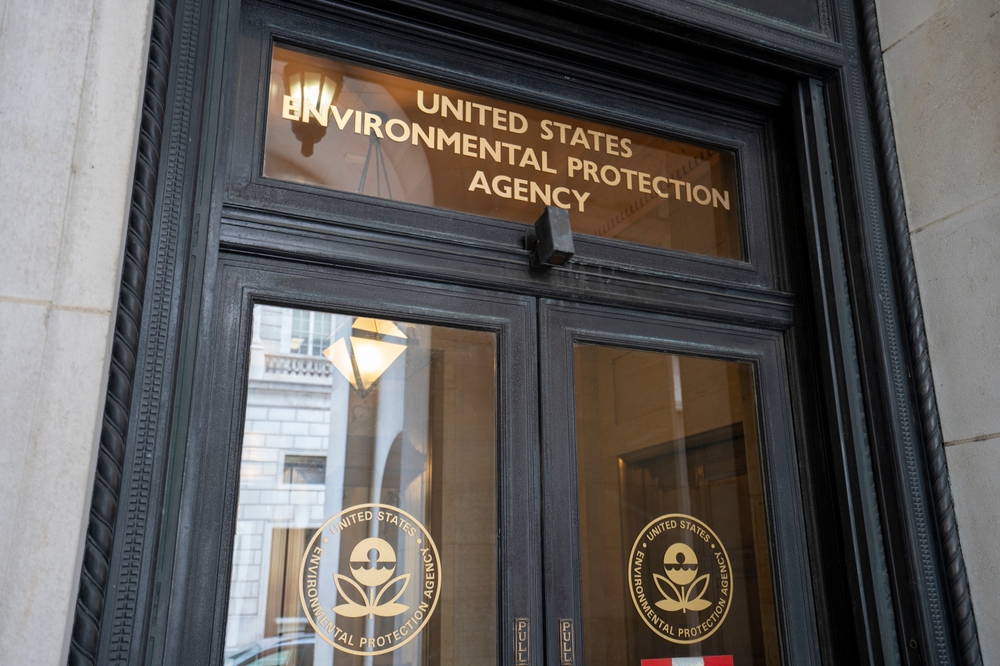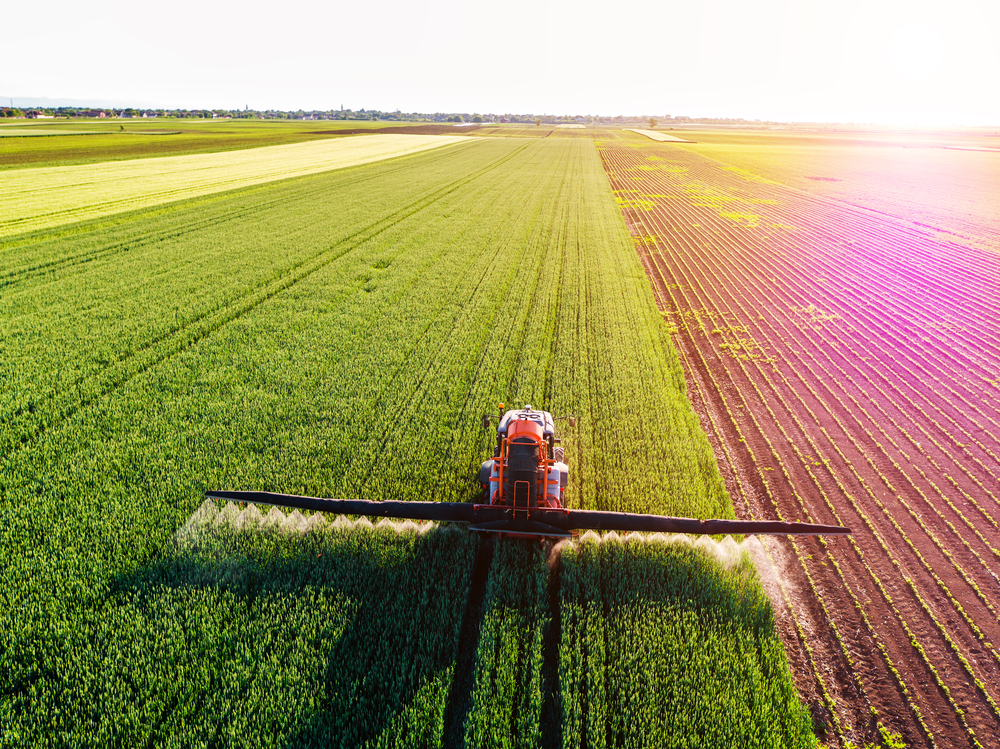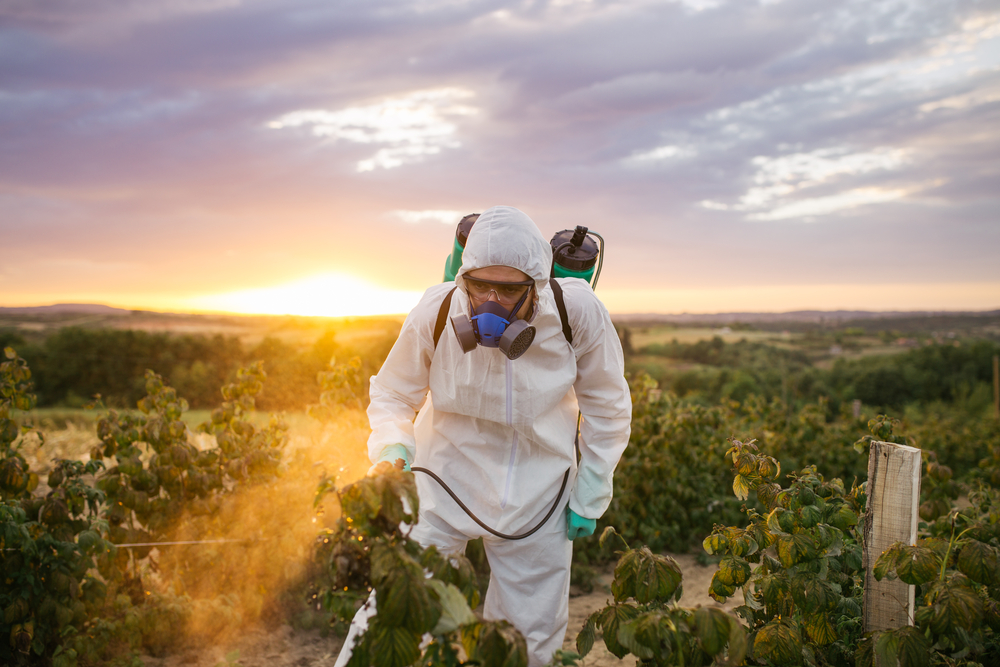The Dangers of Working with Paraquat
Throughout the world, a variety of different herbicides are used to control grass, weeds and vegetation. In the 1960s, paraquat dichloride arrived on the market. This herbicide is efficient at controlling grass, weeds and vegetation. But there is a human toll when using this product. While paraquat is banned from use in over 30 countries, the European Union and China continue to manufacture and export paraquat around the world, including to the U.S. for use in commercial farming operations.
In the U.S., paraquat is permitted for limited use on agricultural fields and non-agricultural sites, but only by commercially licensed users. To be licensed to apply this herbicide, you must complete the EPA’s online training. Some farmers use paraquat on crops before harvesting, like cotton, to dry out the plant or kill the plant for harvesting.
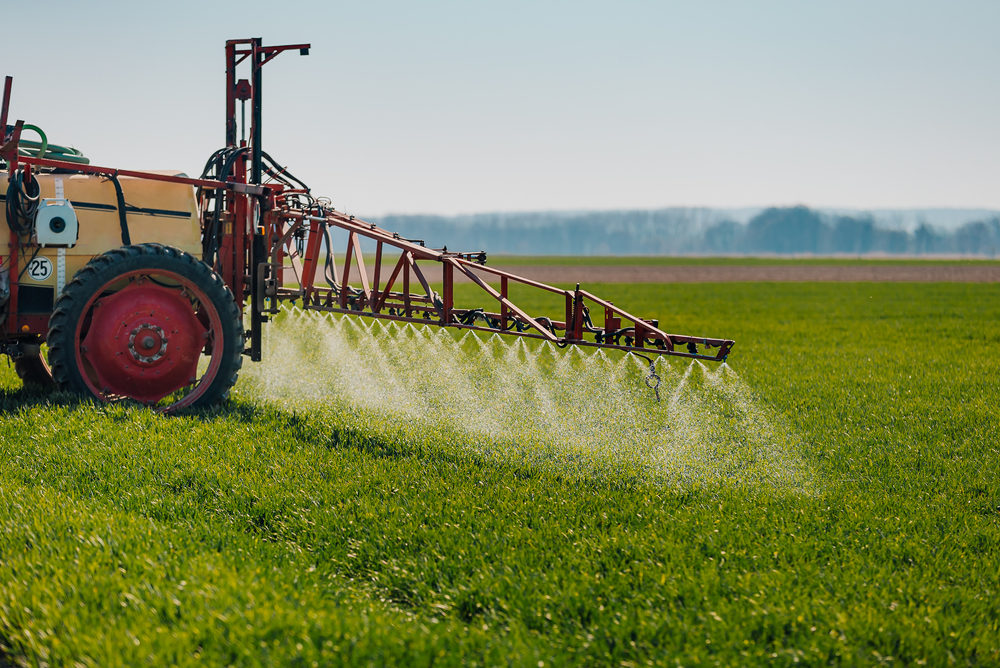
The use of this herbicide has grown over the last two decades because weeds have become resistant to other similar products. Several reports highlight that paraquat is an effective and economic herbicide when used as intended.

Toxicity of Paraquat
This herbicide is toxic to humans. Even a sip of paraquat is enough to put an individual at risk of death. There is no known antidote. The most common method of exposure to this poisonous herbicide is through swallowing or ingesting. Though paraquat can also be inhaled, and exposure through the skin has been reported. In most reported cases of accidental ingestion – few survive.
Paraquat manufacturers like Switzerland-based Syngenta make and sell this herbicide under multiple brands and trade names, including Gramoxone. It has a distinctive smell and blue color. Paraquat used in the U.S. has a blue color, so it is not confused with beverages, preventing accidental ingestions. The odor is added to serve as another warning. Thirdly, an agent has been added to US-bound paraquat to induce vomiting if someone accidentally drinks it.
Paraquat Lawsuits
In recent years, lawsuits have begun to be filed against paraquat manufacturers, including Syngenta and Growmark, on behalf of farmers and farmworkers exposed to paraquat. Many farmers and farm workers have been diagnosed with Parkinson’s disease. Multiple studies, including a 2011 National Institute of Health study, highlight that a person exposed to paraquat is 2.5 times more likely to be diagnosed with Parkinson’s disease after being exposed to paraquat.
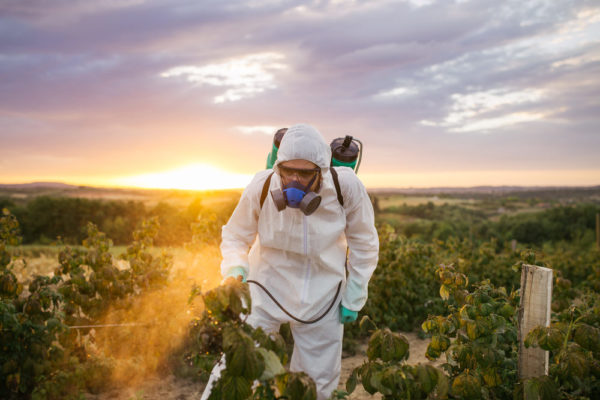 In 2020, a Texas couple Michael Kean and his wife Jean filed a lawsuit against Syngenta, Growmark and Chevron, three of the paraquat manufacturers. This lawsuit alleges that Mr. Kean was repeatedly exposed to paraquat while he worked in Wisconsin and Illinois as a crop duster. He alleges that the manufacturers of paraquat failed to include warnings that this herbicide would cause neurological damage. Mr. Kean also alleges that the manufacturers did not warn or protect those regularly exposed to paraquat simply by working normally on fields saturated with paraquat.
In 2020, a Texas couple Michael Kean and his wife Jean filed a lawsuit against Syngenta, Growmark and Chevron, three of the paraquat manufacturers. This lawsuit alleges that Mr. Kean was repeatedly exposed to paraquat while he worked in Wisconsin and Illinois as a crop duster. He alleges that the manufacturers of paraquat failed to include warnings that this herbicide would cause neurological damage. Mr. Kean also alleges that the manufacturers did not warn or protect those regularly exposed to paraquat simply by working normally on fields saturated with paraquat.
In 2019, Mr. Kean was diagnosed with Parkinson’s disease. He believes being exposed to paraquat for 12 years is the cause.
Bill Introduced to Ban Paraquat Use
In July 2019, H.R. 3817 (116th) was introduced to the U.S. Congress to ban the use of paraquat in the U.S. The Protect Against Paraquat Act would have given the Environmental Protection Agency (EPA) the ability to cancel paraquat registration for those licensed to use the product and ban residual traces of paraquat on food. Additionally, existing quantities would not be permitted to be sold or used.
Unfortunately, this bill never received a vote and died in Congress. So, the lives and health of those who use this herbicide and those who have been and continue to be exposed to paraquat are still at risk.










